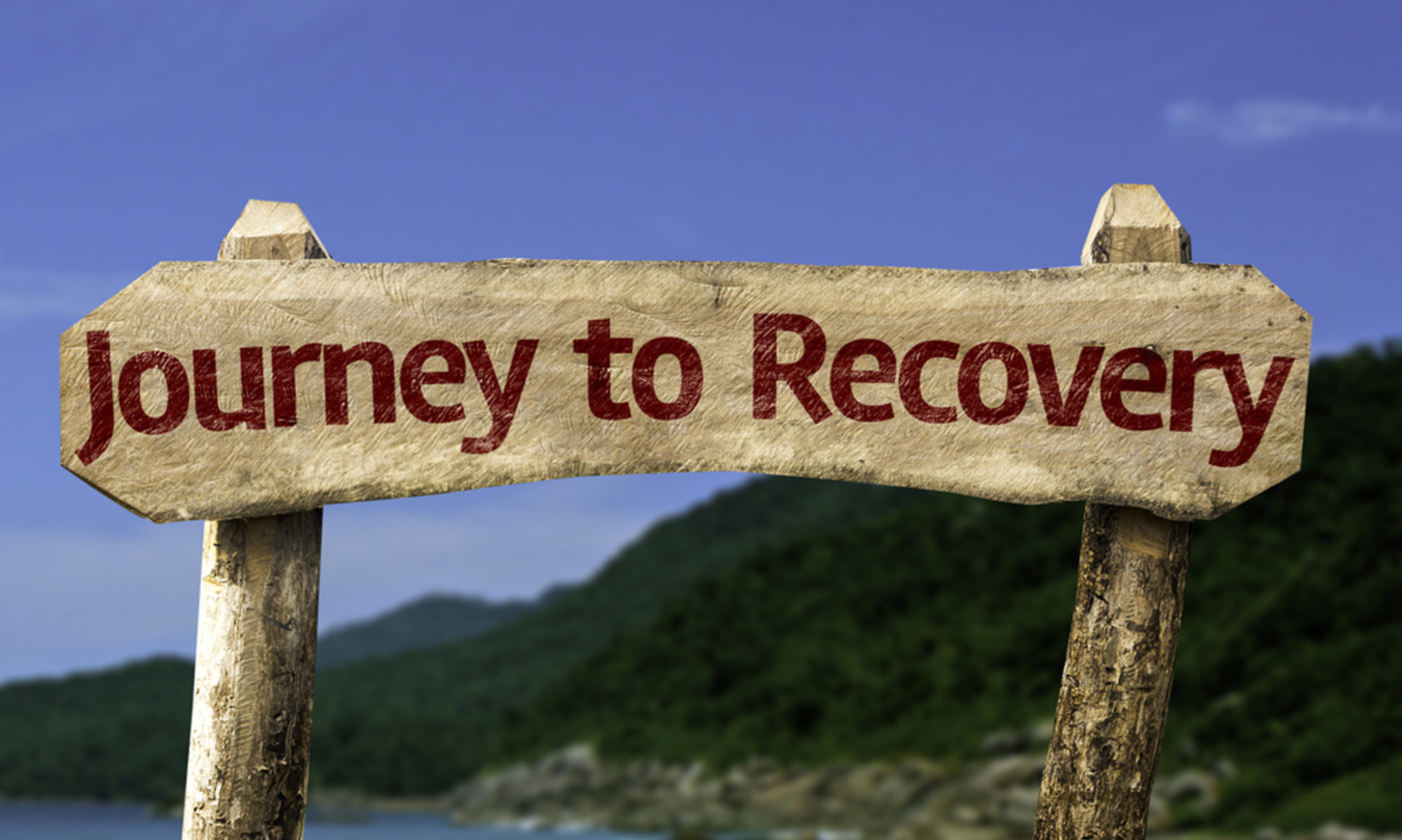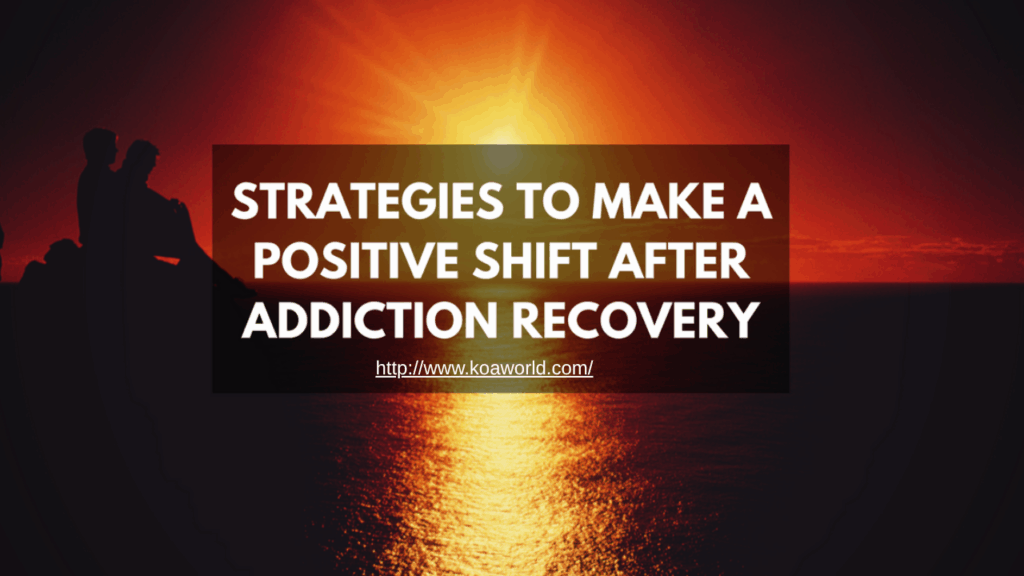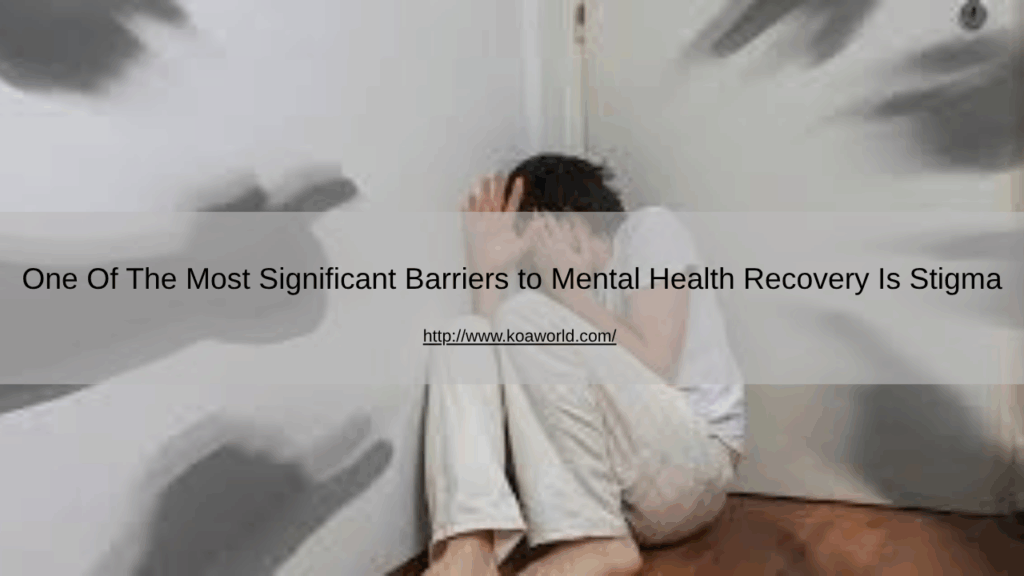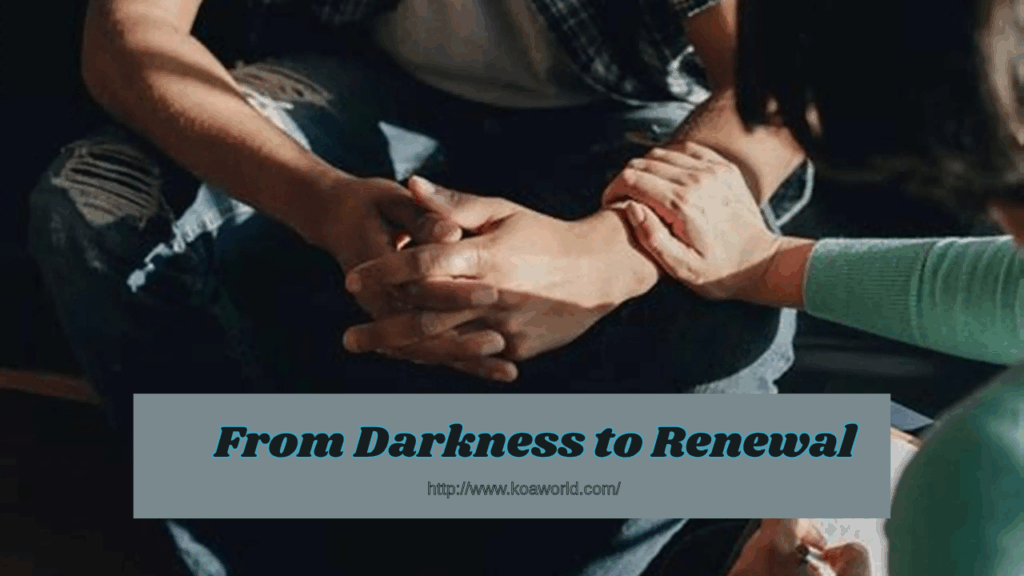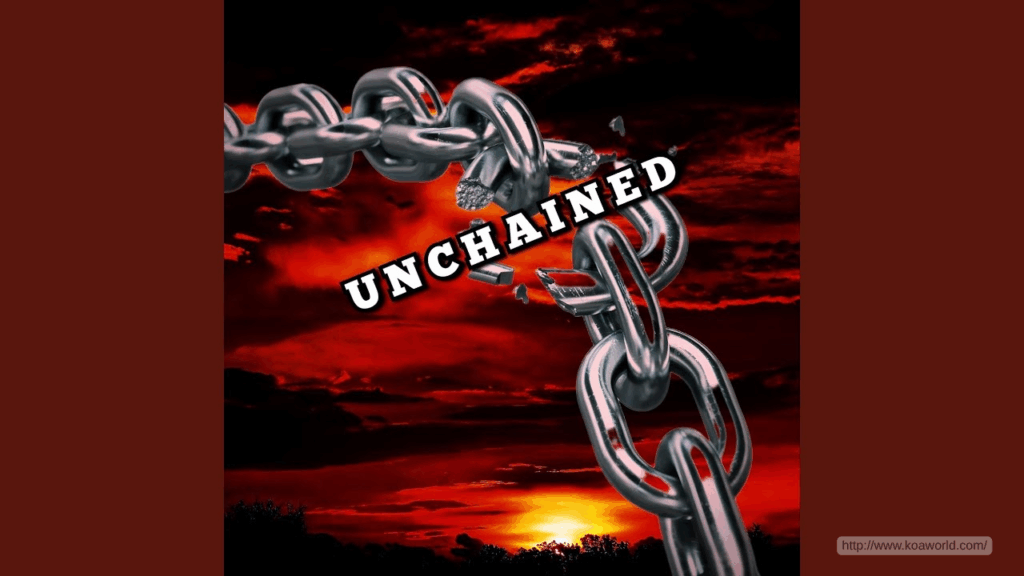Recovery from addiction and mental health challenges is not only about overcoming symptoms—it is about rediscovering purpose, resilience, and inner peace. At KOA World, we believe that true transformation happens when evidence-based therapies are combined with holistic care and faith-centered guidance. By addressing the mind, body, and spirit, individuals gain the tools to heal deeply, rebuild relationships, and reclaim their lives.
Embracing a Comprehensive Approach to Healing
Addiction and mental health struggles are complex, and so is the path to recovery. KOA World provides personalized treatment plans that consider each person’s unique needs, history, and goals. Through a combination of inpatient and outpatient programs, clients receive structured support during critical stages of recovery, along with flexible care options that fit their everyday lives.
The Role of Evidence-Based Therapy
Clinical therapies form the foundation of lasting recovery. Cognitive behavioral therapy, trauma-informed care, and motivational interviewing help clients identify unhealthy patterns, manage triggers, and develop coping strategies. These evidence-based approaches not only reduce the risk of relapse but also empower individuals to make informed choices, build self-confidence, and cultivate emotional resilience.
Holistic Care: Healing the Whole Person
Recovery is more than abstaining from substances or addressing mental health symptoms. It involves nurturing the entire self. KOA World integrates holistic practices that support physical wellness, emotional stability, and spiritual growth. Activities such as mindfulness, meditation, exercise, and nutrition education complement therapy sessions, creating a balanced approach to healing.
Faith as a Source of Strength
Faith-based care plays a vital role in fostering hope and purpose. Spiritual guidance can help individuals explore personal values, find meaning in their experiences, and develop a deeper sense of connection. At KOA World, clients who seek faith-based support are encouraged to integrate spirituality into their recovery journey, enhancing motivation and reinforcing a positive identity beyond addiction.
Stories of Transformation and Renewal
Countless clients at KOA World have experienced profound transformations by combining clinical therapy, holistic care, and faith-centered guidance. Some rediscover joy in family relationships that were once strained, while others find fulfillment in personal achievements or community service. Many report increased self-awareness, emotional stability, and confidence in navigating life after treatment.
These stories demonstrate that recovery is not just about surviving—it is about thriving, rebuilding, and embracing a renewed sense of self.
Building Resilience for the Long Term
Long-term recovery requires ongoing support and skill development. KOA World offers continued care through outpatient programs, peer support, and relapse prevention planning. By maintaining connections with therapists, mentors, and supportive communities, clients are empowered to sustain their progress and face challenges with confidence.
The Transformative Power of Compassionate Care
The combination of individualized treatment, holistic wellness practices, and faith-based support creates a powerful environment for change. At KOA World, every client is treated with respect, empathy, and dignity. This compassionate approach encourages individuals to take ownership of their recovery, rebuild trust, and envision a future filled with hope.
Take the First Step on Your Healing Path
Recovery is a journey, and no one has to walk it alone. By embracing evidence-based therapy, holistic practices, and faith-centered support, individuals can transform their lives from pain and uncertainty to hope, resilience, and purpose.
If you or a loved one is struggling with addiction or mental health challenges, contact KOA World today. Begin your healing path with guidance, support, and care tailored to help you thrive. Renewal and transformation are within reach.
